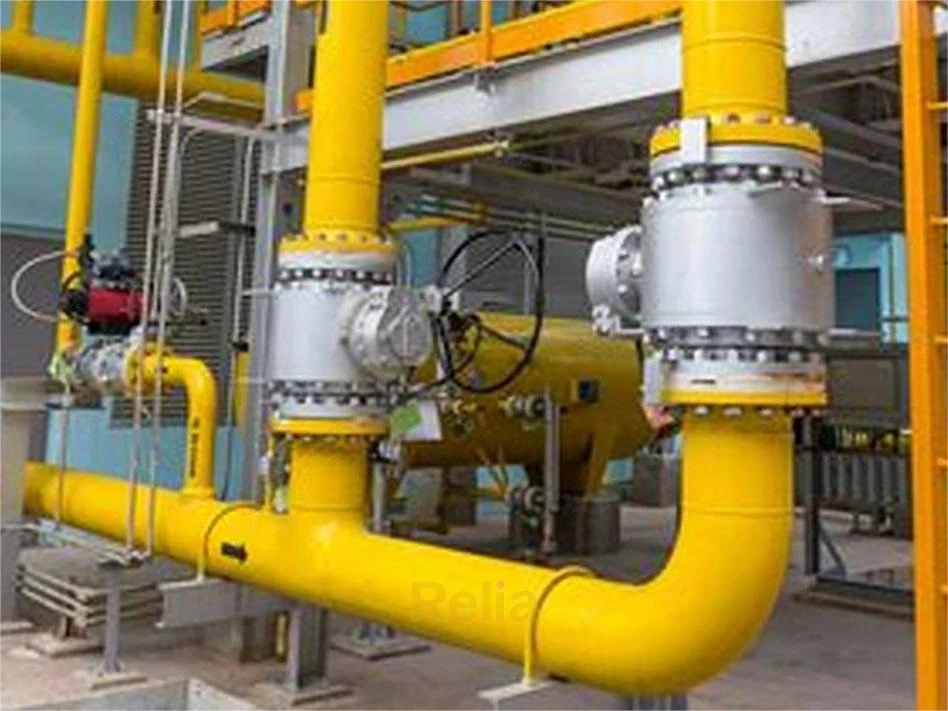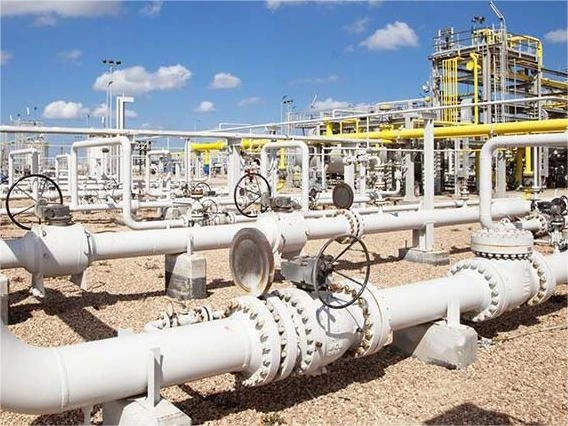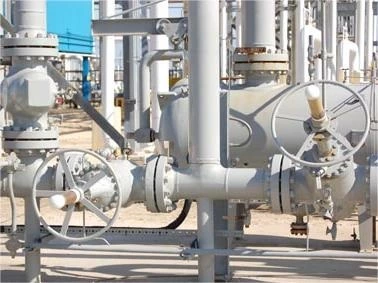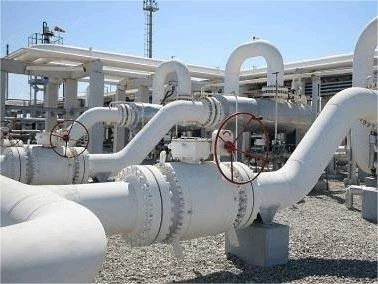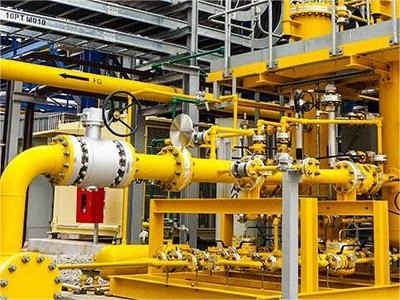Fluid Tightness Of Valves
Valve Seals
One of the duties of most valves is to provide a fuid seal between the seat and the closure member. If the closure member is moved by a stem that penetrates into the pressure system from the outside, another fuid seal must be provided around the stem. Seals must also be provided between the pressure-retaining valve components. If the escape of fuid into the atmo- sphere cannot be tolerated, the latter seals can assume a higher importance than the seat seal. Thus, the construction of the valve seals can greatly infuence the selection of valves.
Leakage Criterion
A seal is fuid-tight if the leakage is not noticed or if the amount of noticed leakage is permissible. The maximum permissible leakage for the application is known as the leakage criterion.
The fuid tightness maybe expressed either as the time taken for a given mass or volume of fuid to pass through the leakage capillaries or as the time taken for a given pressure change in the ?uid system. Fluid tightness is usually expressed in terms of its reciprocal, that is, leakage rate or pressure change.
Four broad classes of ?uid tightness for valves can be distinguished: nominal-leakage class, low-leakage class, steam class, and atom class.
The nominal- and low-leakage classes apply only to the seats of valves that are not required to shut off tightly, as commonly in the case for the control of flow rate. Steam-class fuid tightness is relevant to the seat, stem, and body-joint seals of valves that are used for steam and most other industrial applications. Atom-class fuid tightness applies to situations in which an extremely high degree of ?uid tightness is required, as in spacecraft and atomic power plant installations.
Lok1 introduced the terms steam class and atom class for the fuid tightness of gasketed seals, and proposed the following leakage criteria.
Steam Class:
Gas leakage rate 10 to 100 µg/s per meter seal length.
Liquid leakage rate 0.1 to 1.0 µg/s per meter seal length.
Atom Class:
Gas leakage rate 10−3 to 10−5 µg/s per meter seal length.
In the United States, atom-class leakage is commonly referred to as zero leakage. A technical report of the Jet Propulsion Laboratory, California Institute of Technology, defines zero leakage for spacecraft requirements.2 According to the report, zero leakage exists if surface tension prevents the entry of liquid into leakage capillaries. Zero gas leakage as such does not exist. Figure 2-1 shows an arbitrary curve constructed for the use as a specification standard for zero gas leakage.
Proving Fluid Tightness
Most valves are intended for duties for which steam-class fluid tightness is satisfactory. Tests for proving this degree of ?uid tightness are normally carried out with water, air, or inert gas. The tests are applied to the valve body and the seat, and depending on the construction of the valve, also to the stufing box backseat, but they frequently exclude the stuffing box seal itself. When testing with water, the leakage rate is metered in terms of either volume-per-time unit or liquid droplets per time unit. Gas leakage may be metered by conducting the leakage gas through either water or a bubble-forming liquid leak-detector agent, and then counting the leakage gas bubbles per time unit. Using the bubble-forming leakage-detector agent permits metering very low leakage rates, down to 1 ×10−2 or 1×10−4 sccs (standard cubic centimeters per second), depending on the skill of the operator. 3
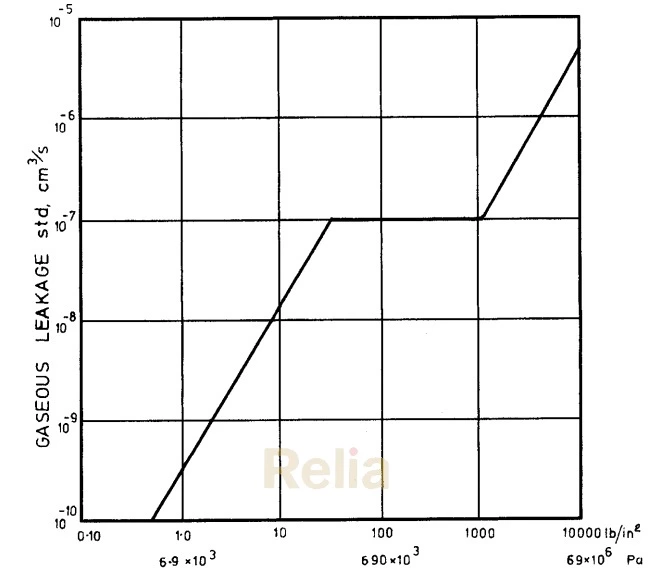
Figure 2-1. Proposed Zero Gas Leakage Criterion.
Lower leakage rates in the atom class maybe detected by using a search gas in conjunction with a search-gas detector.
Specifications for proving leakage tightness maybe found in valve stand- ards or in the separate standards listed in Appendix C. A description of leakage testing methods for the atom class may be found in BS 3636.
